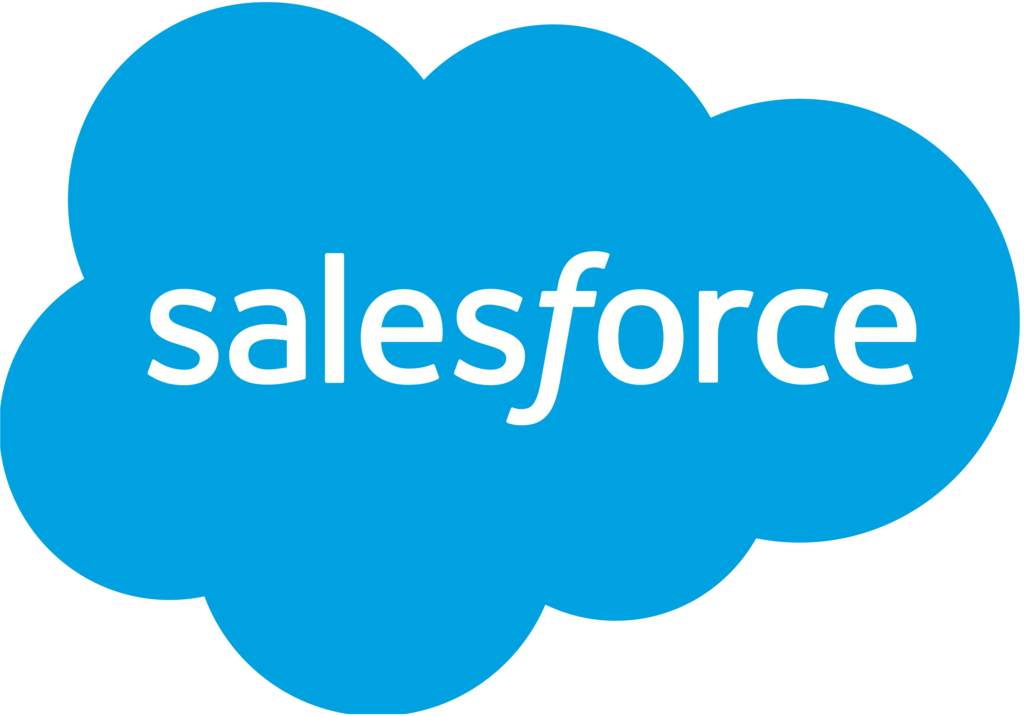Salesforce Workflow exists to help you use your time more effectively. It’s not a silver bullet automation feature that’s magically going to fix everything, but understanding how they work and how to apply them can help you and your team spend more time on revenue-generating tasks.
What Is Salesforce Workflow?
Salesforce Workflow enables you to build workflow rules that trigger automated actions when you create or update a record in Salesforce.
So, what’s a workflow rule?
A workflow rule is what a Salesforce user creates to perform these automated actions. Workflow rules are built on simple true/false logic, so that if criteria register as “true” or “false,” you can trigger a specific action to occur.
Users can set actions to take place immediately or after a determined amount of time has passed. Common actions you can automate with workflow rules include:
- Sending an email
- Updating fields
- Assigning tasks
The Benefits of Salesforce Workflow
1. Saves Time
This is the most obvious benefit of Salesforce Workflow, especially for busy sales and service teams. Rather than having to spend hours manually sorting through data and figuring out what emails need to be sent or what other tasks need to be created, you can automate the whole process.
This means that your users can spend less of their time slogging through Salesforce records and more time on tasks that more directly impact revenue generation.
2. User Satisfaction
If your organization or company is new to Salesforce, you’ll undoubtedly run into the obstacle of convincing people to actually use it. User adoption requires showing people the power of Salesforce and how it makes their job easier (like, as we just covered, how it can save them time).
3. Improves customer engagement
When thinking about sales or service interactions with customers, those engagements should add value or resolve issues. If you are relying on people to do things like notify clients when their contract is coming up for renewal or when they still need to complete a form to set up their account, those touchpoints can be delayed or missed altogether.
By creating workflows that send account reminders or an automated confirmation of payment, your customers receive the information they need and that frees up your teams to focus on more high-value activities. This is one of many ways Salesforce can supplement your sales and service interactions to improve customer engagement.
4. Makes Training and Onboarding New Hires Easier
Salesforce Workflows can help your HR team be more efficient and make the onboarding process smoother for new hires. Onboarding takes a lot of time and effort, and automation can speed up the process and make it a little bit easier for both HR employees and new employees.
Workflows make the learning curve more manageable. When processes are automated, there’s less for new hires to learn and remember. Instead of spending more time on creating systems to remember manual tasks and reminders like when to send emails, they’re able to expend more of their time and effort into learning higher-value tasks.
Conclusion
Salesforce Workflow is a simple but powerful tool, and for many organizations, it’s worth the upgrade to Enterprise or Unlimited Edition.
By setting up workflow rules, you can automate a variety of processes that makes your organization run more efficiently. This enables your team to spend more time focusing on higher-impact tasks, creates a better experience for your customers, and can even boost employee morale as they reap the benefits of a streamlined software that makes their job easier.
If your organization is struggling to get the most out of Salesforce, contact Ventas Consulting to learn how we can help.



